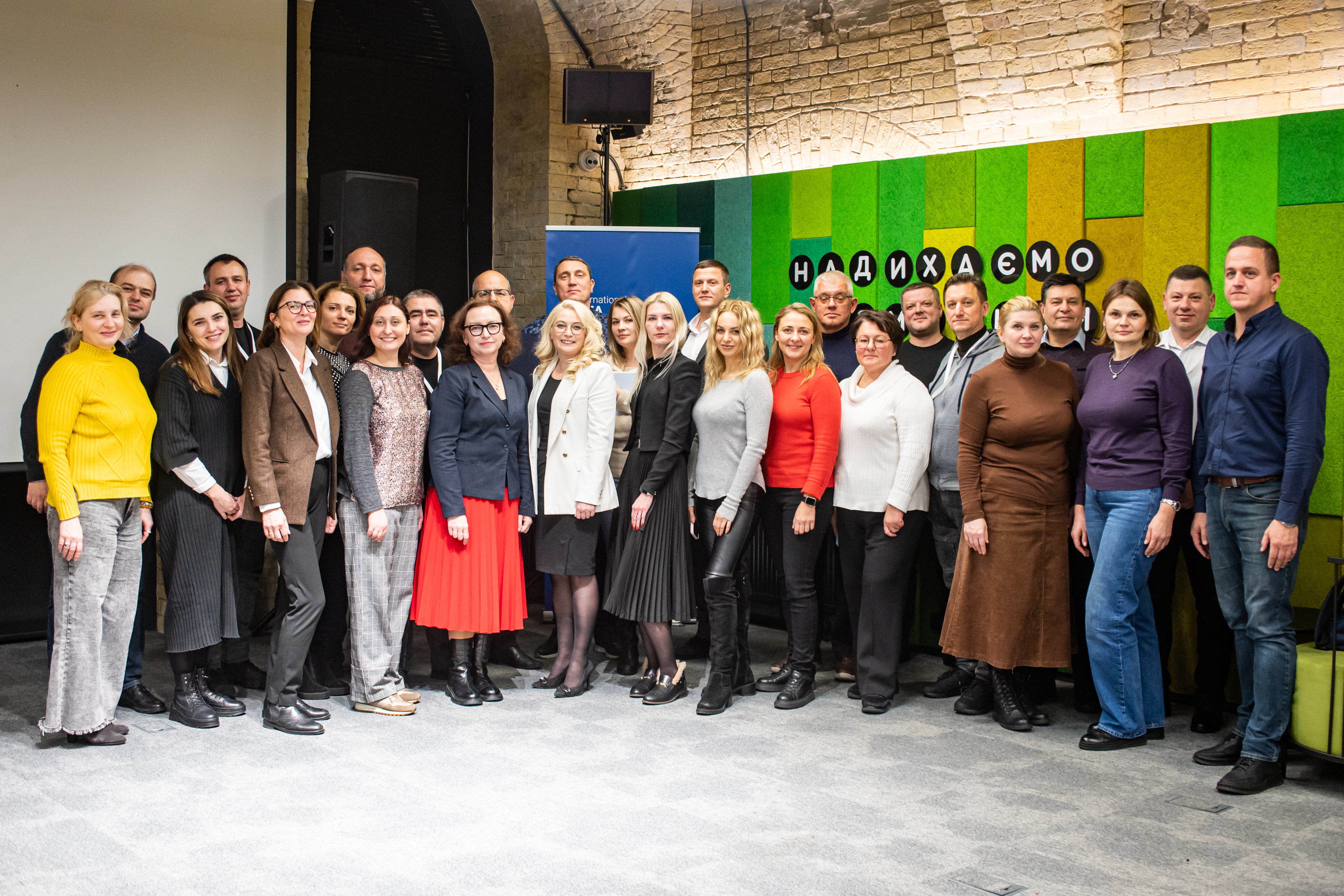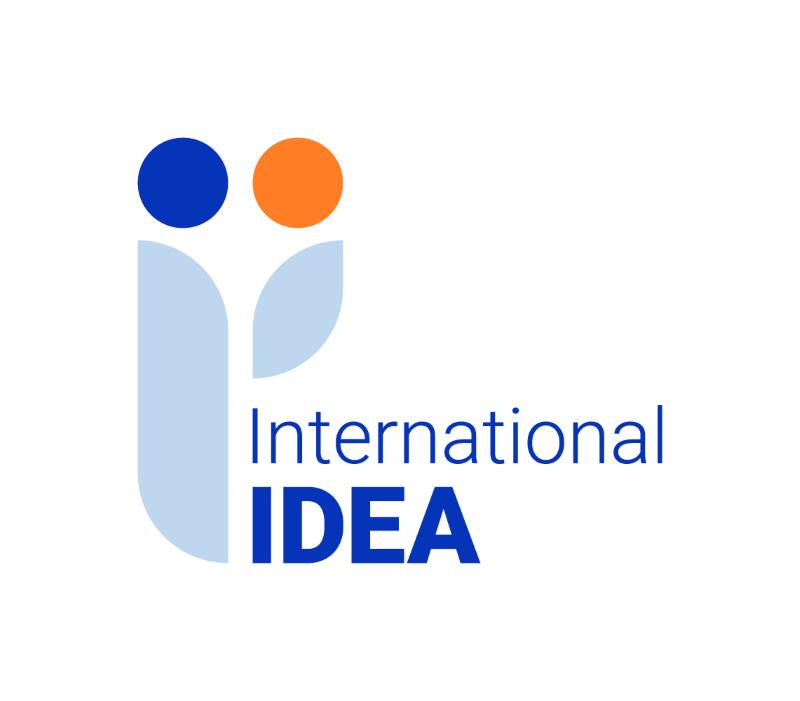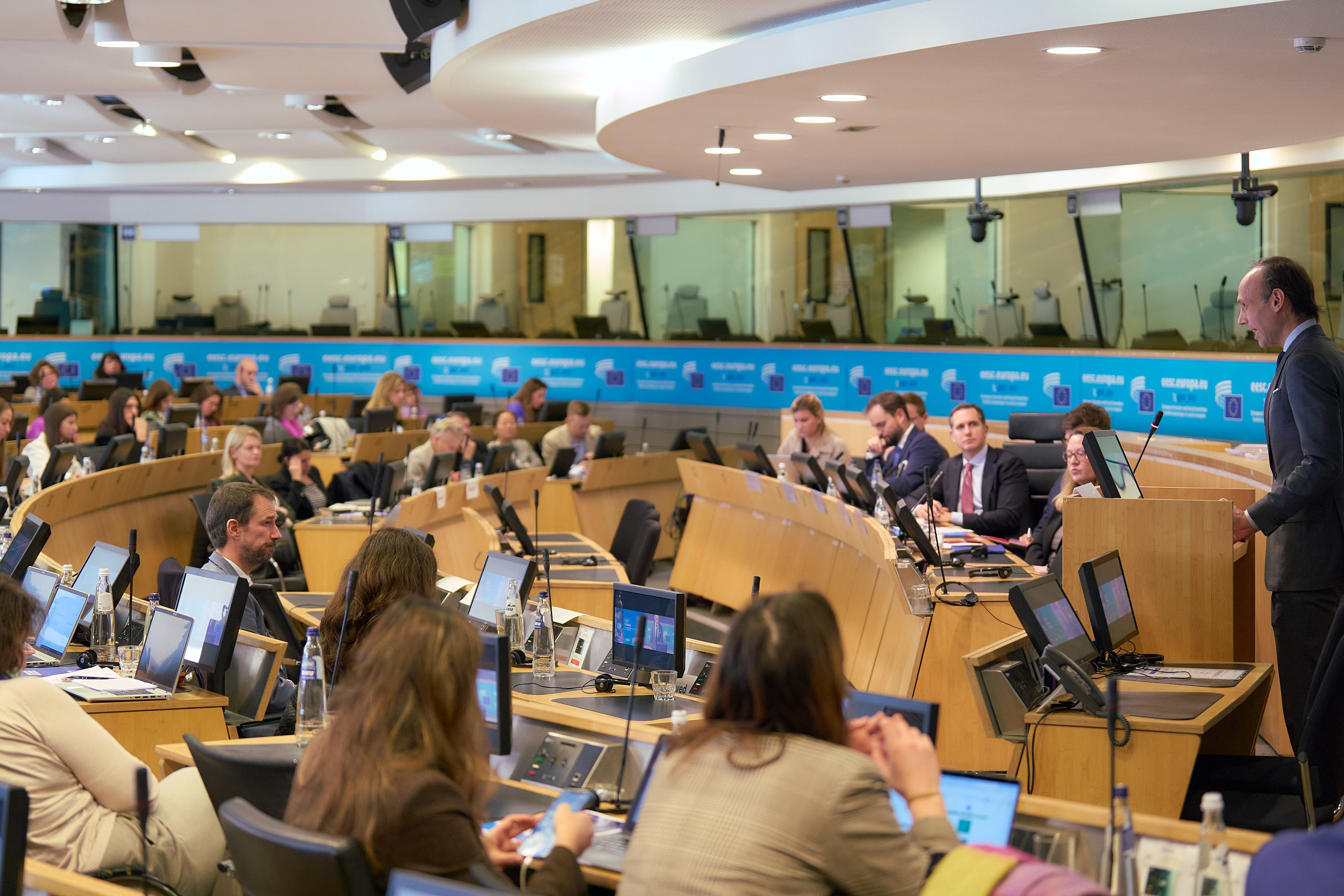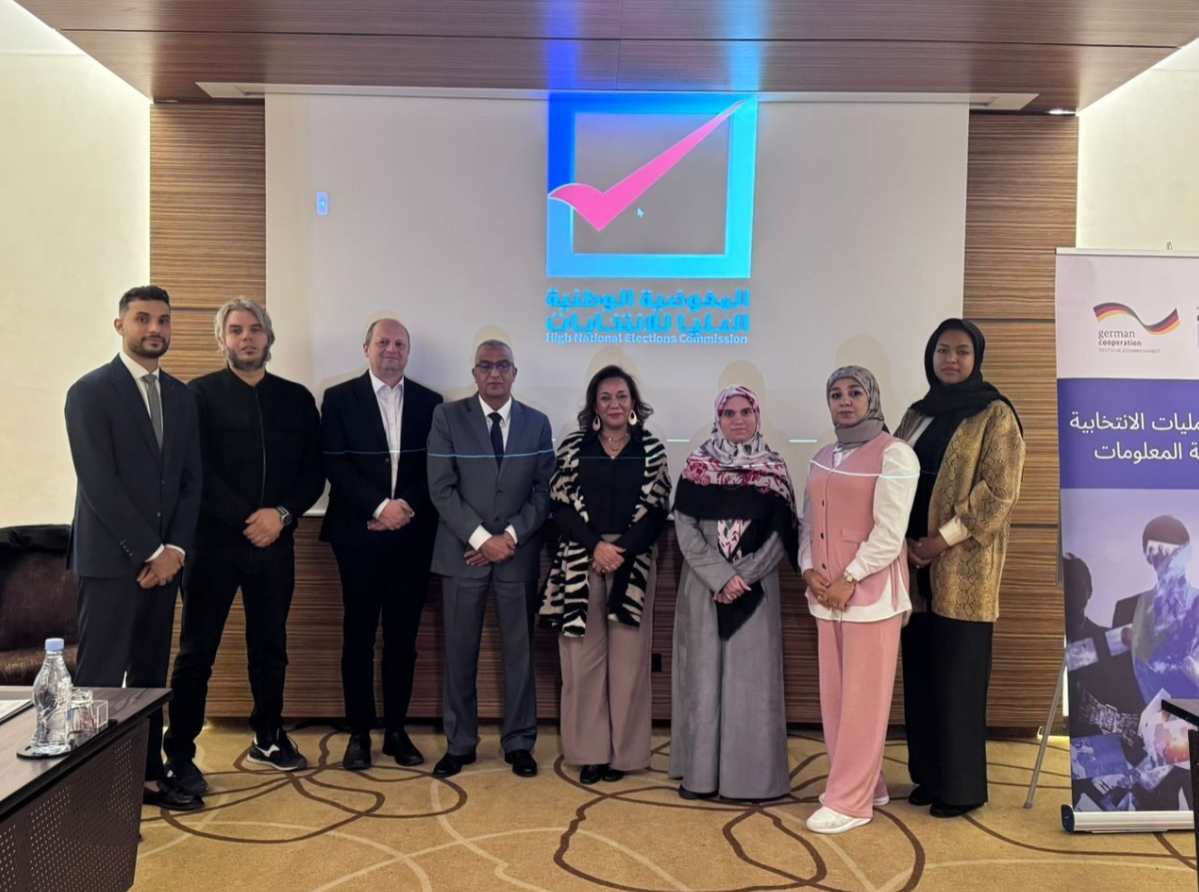The role of women in the electoral process has traditionally been seen as something limited to their involvement as candidates, and the likelihood of them being elected.
Today, we know quite a lot about women´s representation in terms of numbers and we also know what influences the level of representation. Gender quotas – rules and sanctions, the choice of electoral systems, campaign finance regulations and so on. International IDEA has been active in this field and published resources on the topic (Designing for Equality, Women in Parliaments: Beyond Numbers and more) as well as being an active partner in initiatives such as the quota project and iKnowPolitics.
Slightly newer areas for consideration are however developing:
Mainstreaming gender in the electoral process – within the electoral management body: International IDEA is developing a new knowledge resource on the role of electoral management bodies in promoting a gender sensitive approach to electoral management. This includes a focus on recruitment as well as career management, audits, data gathering, accessibility and much more. Several of these aspects are also reflected in the updated handbook on electoral management design.
Monitoring women´s participation in elections: Observers have traditionally focused on observation without a gender sensitive lens – but are now to a greater extent emphasizing the role of women as electoral stakeholders; voters, candidates, polling staff etc. when developing the electoral observation methodology and questionnaires.
Electoral violence prevention and mitigation: Traditionally also seen as a ‘gender-neutral’ field, but increasingly one where the role of women – as victims, perpetrators and mitigators – is being examined. This is an important aspect of International IDEA´s Electoral Risk Management Tool.
The Online Electoral Cycle
Allows users to create a tailored cycle based on who they are and how they want to strengthen the electoral process.
The recently released Online Electoral Cycle draws together all the aspects above (and many more) from IDEA’s resources as well as resources from other global players in the field of elections. It urges the user to move away from the traditional perspective of election day activities, or looking at the issue of gender in elections as something that is solely a matter of the number of women elected to the legislature. By highlighting the role of assistance providers, EMBs, observers, political parties, NGOs as well as voters at every stage of the electoral cycle, it allows users to illustrate, research, plan, present and educate themselves and others, with the overarching aim of improving elections – participation, representation, operations – and in the long run: democracy.





